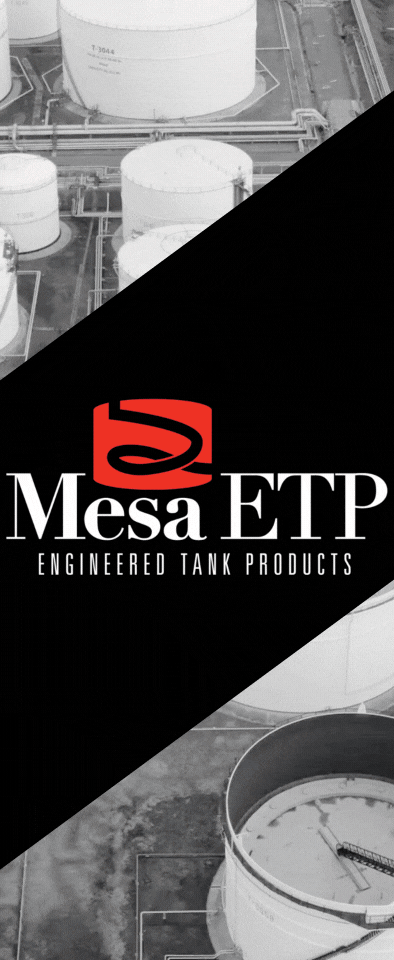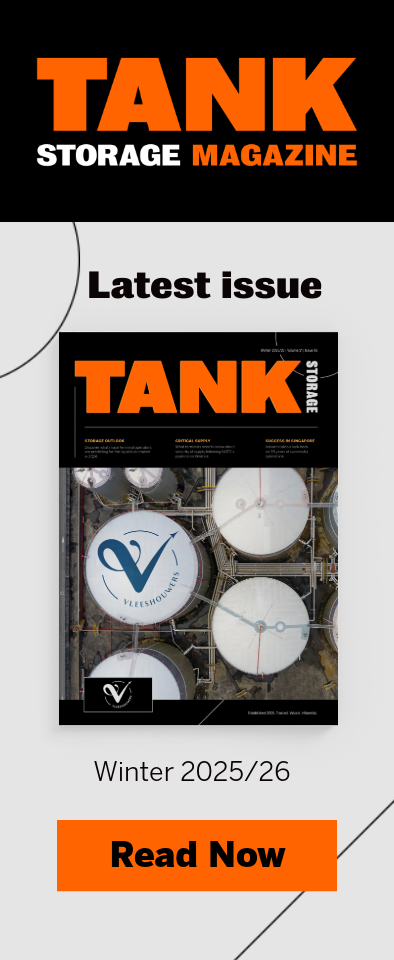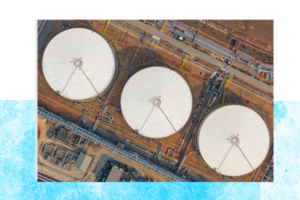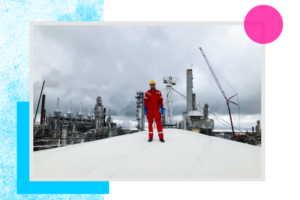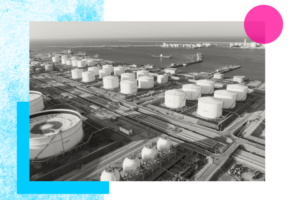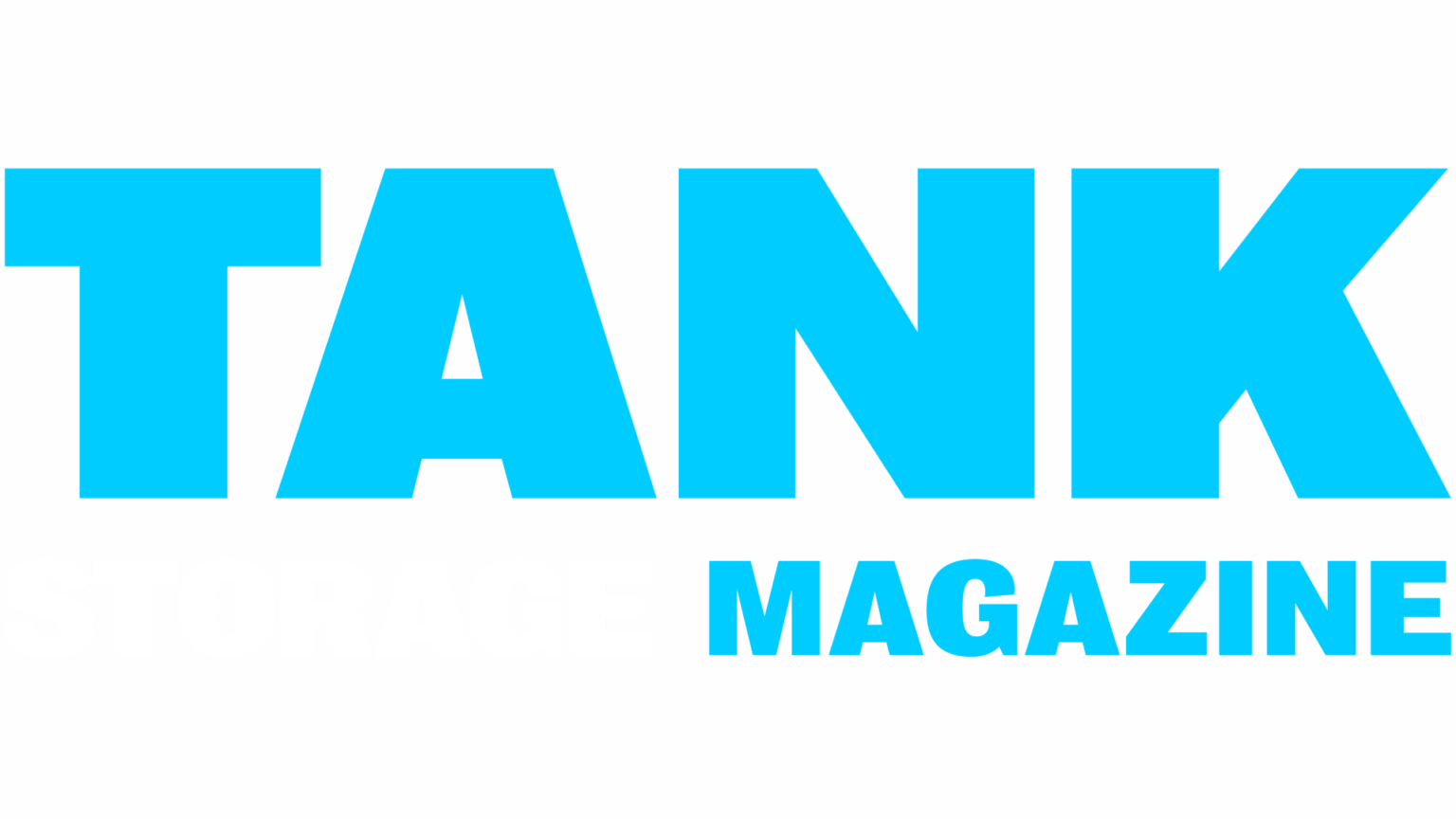Katelyn Gustoff, consulting engineer, and Derek Slovenec, senior engineer, from The Equity Engineering Group explore this threat to asset integrity Foundation settlement poses a significant threat to the integrity of aboveground storage tanks (ASTs). Correcting excessive settlement typically requires major repairs including re-levelling the foundation and replacing components that have experienced excessive plastic strain. Re-levelling of a sizable tank is expensive and has certain risks associated with the procedure; thus, deciding to re-level an AST is crucial and relies on the proper interpretation and evaluation of the monitored settlement data. ASTs are inherently flexible structures so significant foundation settlement can […]
This content is only available to members. Please login below, or purchase Tank Storage Magazine Subscription – Print & Digital Subscription or Tank Storage Magazine Subscription – Digital Subscription to access this content.
log in
log in

